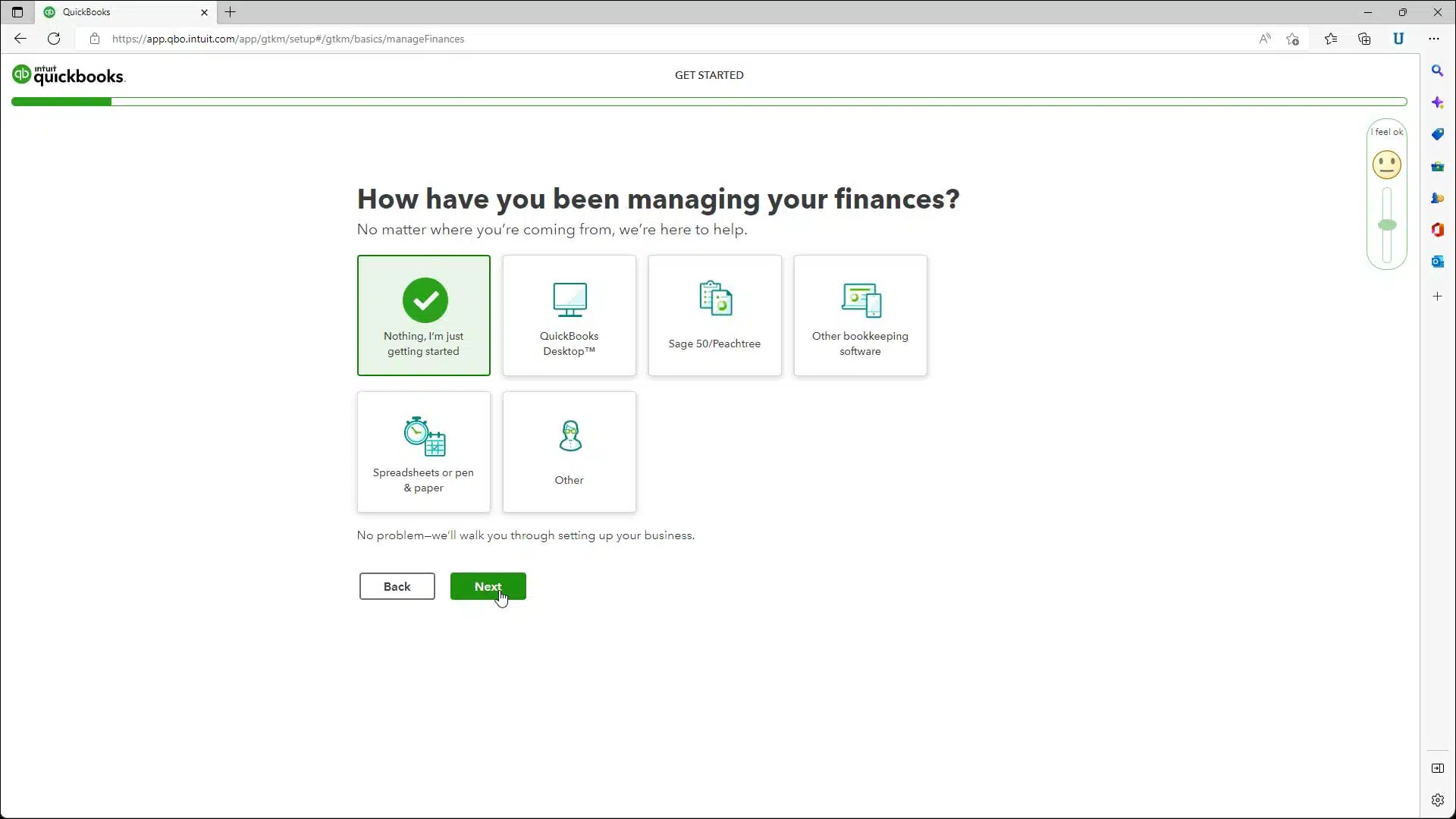Effectively managing accounts receivable is a key accounting responsibility. With QuickBooks Premier’s accounts receivable tools, you can efficiently track customer invoices, payments, credits, and balances owed to your business. Follow these best practices to stay on top of receivables in QuickBooks Premier 2024.
Set Up Customers
Start by adding customer records in QuickBooks for everyone who owes you money. Under the Gear icon, select Customers. Click New Customer and fill in details like name, contact info, billing address, etc.
You can further organize using customer types or groups. For businesses with sales reps, enter the rep assigned to the customer. Set up customers accurately upfront for proper reporting later.
Create Invoices
When selling products or services on credit, create invoices in QuickBooks to bill customers. Go to Customers ➞ Create Invoices. Select the Customer Name then add line items with descriptions, quantities, and amount.
To track sales reps, choose the Rep in the invoice header. Select an Invoice Date and fill in other details like Terms and Due Date. Save and send the invoice to officially bill the customer. Email it directly from QuickBooks for faster delivery.
Receive Payments
As customers pay invoices, record payments in QuickBooks to update their balances. Under Customers ➞ Receive Payments, select the customer. Apply the payment to their open invoice(s).
For partial payments, select the invoice and enter the payment amount to split it. Receive payments promptly to reduce uncollected balances. Send payment receipts to customers for their records.
Make Deposits
When you collect payments, make bank deposits in QuickBooks to record the cash inflow. Under Banking ➞ Make Deposits, select payments received and group them by deposit. Assign the proper bank account and save.
Linking payments to deposits keeps everything reconciled. Print deposit slips right from QuickBooks to take to the bank.
Track Receivables
Use QuickBooks’ AR Aging and Collections reports under Reports ➞ Customers & Receivables to monitor receivables. Review the Unpaid Invoices and Collections Report to see which customers have past due balances.
Drill into an open invoice and email a statement to remind customers to pay. Call customers with large past due balances to discuss their payment plans. Use received payments to cover penalties and interest charges for late customers first.
Apply Credits
If issuing customer credits for returns, refunds, or discounts, create credit memos in QuickBooks. Under Customers ➞ Create Credit Memos, select the original invoice and enter the credit amount. Save and apply to their balance.
Email credit memos to notify customers. Credits reduce Accounts Receivable balances when applied to invoices. Process them promptly to maintain accurate books.
Reconcile AR
Close each month by reconciling Accounts Receivable in QuickBooks to ensure balances match the general ledger. As you manage invoices, payments, credits, and deposits, transactions should tie out.
If differences arise, dig into the discrepancy and determine where things went out of sync. Make balancing adjustments or write-offs in QuickBooks to zero out ending AR. Accurate reconciliation is vital for quality financial statements.
Key QuickBooks Premier AR Tips
– Automate invoice delivery with online payment links to get paid faster.
– Set up recurring invoices for routine billing like subscriptions or retainers.
– Let customers pay invoices by credit card to increase on-time payments.
– Prevent late payments with pre-defined terms by due date and amount.
– Remove inactive or non-paying customers to streamline records.
With a sound accounts receivable process in QuickBooks Premier, you can scale collections while minimizing unpaid customer balances. Reach out to QuickBooks Premier support at any time for help managing your AR. Proper accounting helps turn sales into cash flow for a healthy business.
Review Receivables Regularly
Don’t just set up receivables and forget them. Set calendar reminders to review reports, receivables aging, and individual customer balances each week. Send past due reminders and invoices. Watch for slow payment trends.
Prioritize your largest receivable balances and oldest invoices for collection outreach. Don’t allow customers to habitually pay late. Maintaining discipline in accounts receivable prevents problems down the road.
Integrate with Billing & Payments
QuickBooks integrates with many popular billing and payment platforms like Stripe, Authorize.net, Square, and PayPal. Connect to sync invoices, payments, and customer details.
Integrations reduce manual entry and errors from duplicate data. Automation also speeds up cash flow by processing payments into your bank account faster while updating receivables in real-time.
Choose an integration that supports your business model, whether online payments, recurring billing, or sales processed in person via mobile devices. Using Premier and billing software together provides a complete AR solution.
Streamline with Rules
Set up rules in QuickBooks Premier to save time managing routine receivables tasks. For example, automatically email customers when invoices are 60 days past due.
Or have QuickBooks notify you when a favored customer’s balance goes beyond normal terms. Configure rules under Gear icon ➞ Sales Rules ➞ Set Rules.
Rules run in the background and handle repetitive follow-up activities so you can focus on high-value collections work. Custom rules ensure proper receivables oversight specific to your business.
Author Bio :-
I am a passionate blogger. I love to share my thoughts and ideas through blog posting. I have years of experience in Tech, Business, & Health. I am associated with myhealthadvices.com, thedentaladvice.com, gossiplyf.com, thepropertybulletin.com, tourismandtravelguide.com, followmyfashion.com, mycurvyfashion.com, letstravelearth.com, timestodaymagazine.com, newstimesmagazine.com.



